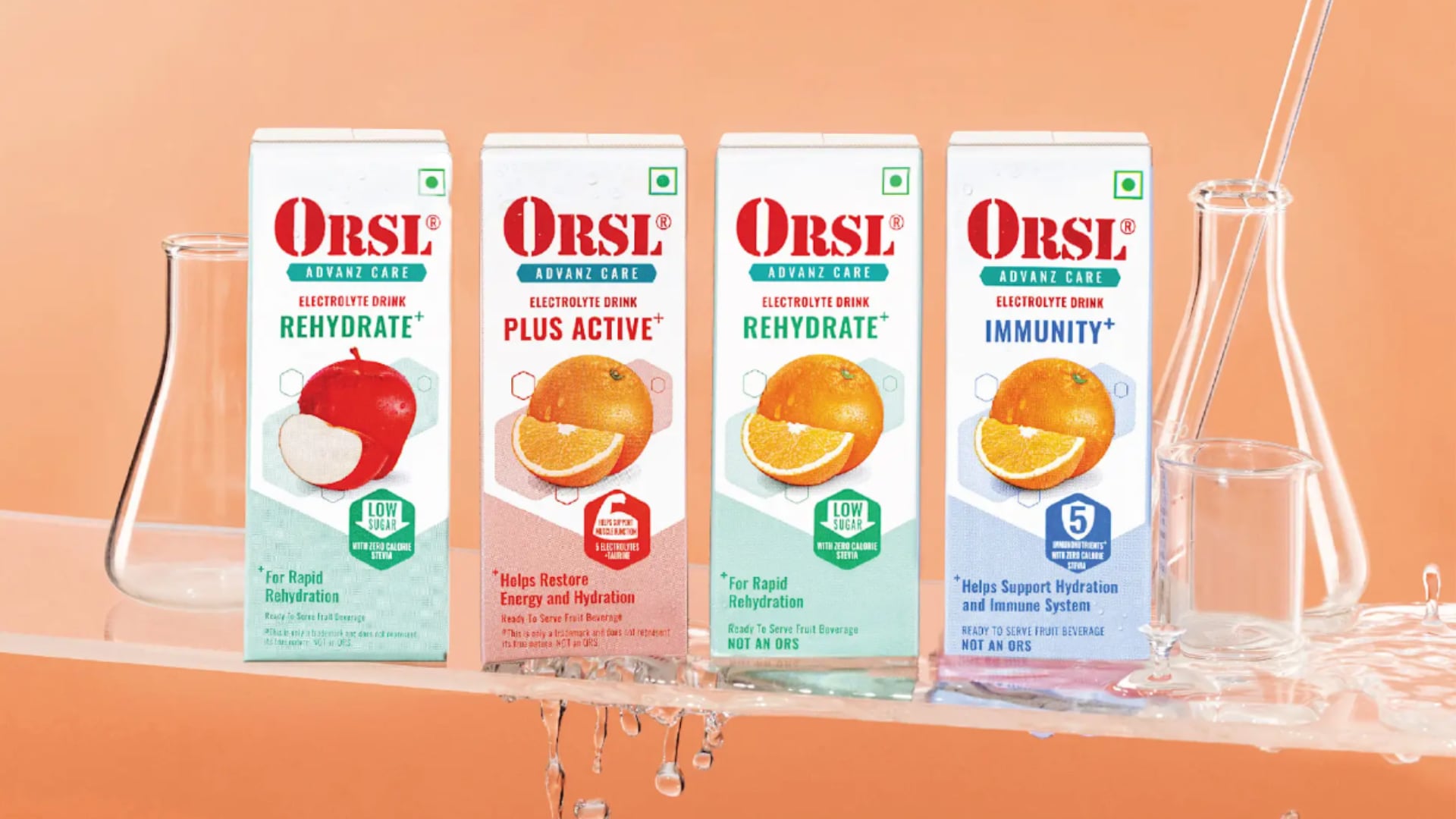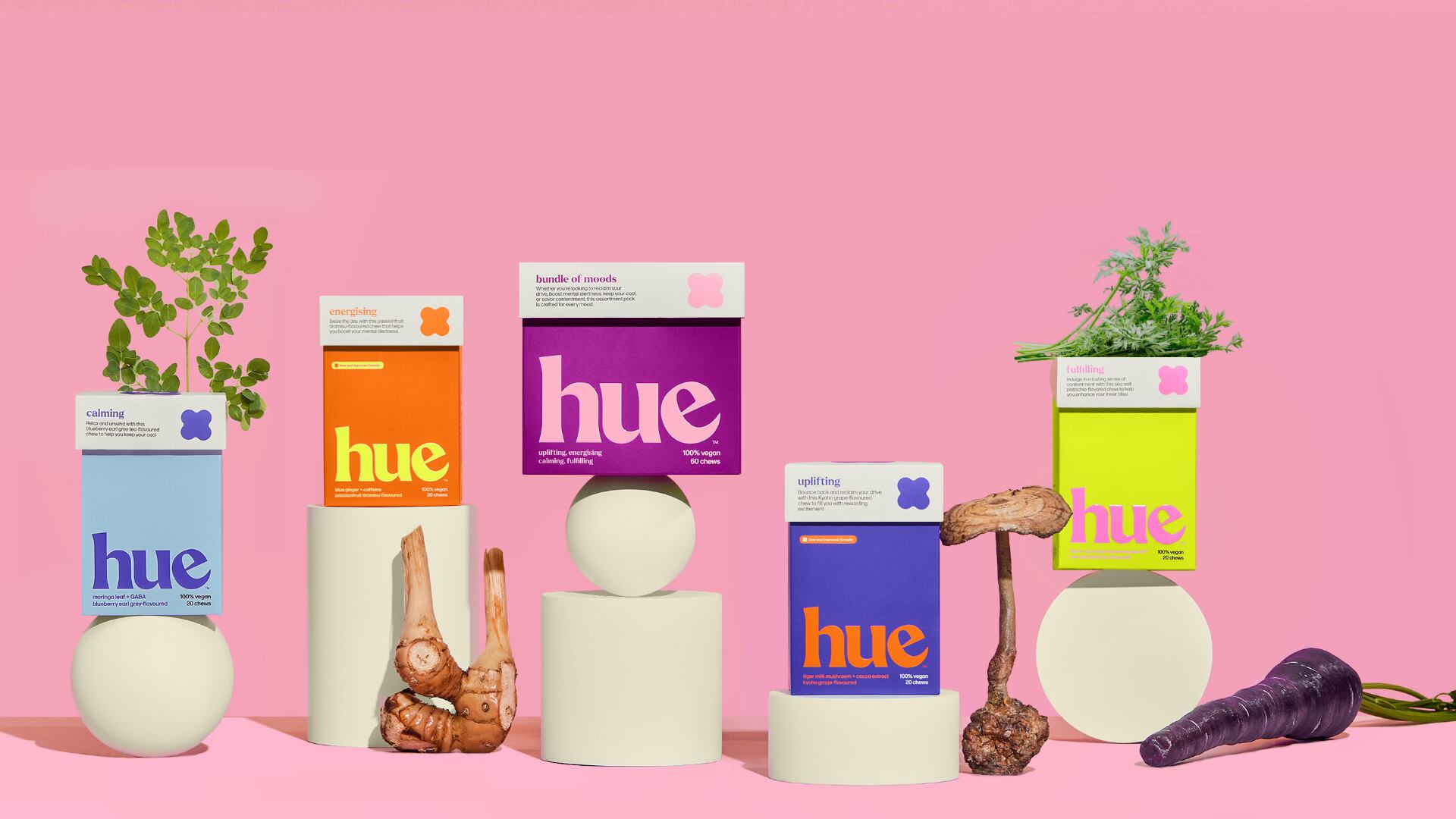HUL recently announced its Q2FY2025 financial results, reporting 2% year-on-year revenue growth to INR160.6bn (US$1.82bn) but a drop in profits (before exceptional items) of 4% year-on-year to INR24.8bn (US$281.3m).
The firm’s newly-appointed CEO and Managing Director Priya Nair called this achievement a ‘competitive’ one in light of India’s current market situation.
“This past quarter, the macro-economic environment was shaped by three key factors: The recent GST reforms, prolonged and intense monsoon conditions disrupting supply chains and dampening demand, and divergent commodity trends seeing inflation driving palm oil and skim milk powder prices up but tea and crude oil prices down,” she said.
“Of these, the GST reforms have had the most significant impact, but in the long-term we believe it is an encouraging change.”
India’s recent tax reforms mainly involved the simplification of its Goods and Services Tax (GST) structure that reduced taxation on many products including food and agricultural items.
It has shifted from a previous multi-slab structure (5%, 12%, 18%, 28%) to a simpler two-slab structure where most products will be taxed either 5% or 18% -- this will result in lowered taxes for items such as personal care (from 12% or 18% to 5%) and processed fruits/vegetables (from 12% to 5%).
Conversely, luxury and ‘sin’ goods such as tobacco and soft drinks will see an increase in taxation to 40% in a bid to balance out public revenues.
“The GST reforms are expected to have a positive impact by enhancing disposable income, thereby laying the ground for stronger consumption trends – at present, it has directly benefitted 40% of our portfolio which has moved to the 5% GST slab, so nearly half of our portfolio is now covered under the 5% GST bracket,” Jain added.
“In response to this, we have implemented pricing and grammage interventions across more than 1,200 SKUs to ensure that we passed on the entire benefit of this GST rate reduction to consumers; as well as extending comprehensive support to our trade partners to facilitate pipeline stock liquidation.”
HUL’s Q2 results took a hit due to the announcement but Jain maintained that this was just a short-term issue, with larger rewards to reap in the long run.
“These changes led to transitory disruptions across trade channels to clear old price inventory, and resulted in a postponement of orders due to the anticipated new pricing. Consumers also delayed making purchases in expectation of lower prices,” she said.
“These factors, coupled with pricing volatility arising from multiple prices in the market resulted in a short-term impact on sales during the quarter [but the] the underlying momentum of these reforms and lower food inflation still present meaningful opportunities for sustained growth in the long-term.”
Chance to go premium
Importantly for HUL, this change may represent a long-desired opening to accelerate the momentum of its premium products strategy.
“The reforms will enhance affordability, which will boost disposable income, uplift consumer sentiment, and unlock meaningful opportunities for premiumisation across categories,” she added.
“This aligns well with our strategic focus of driving volume-led growth and expanding our premium offerings.”
HUL has long been trying to push its premium Health Food/Nutrition Drinks portfolio including brands like Horlicks and Boost as a new avenue of growth, but has repeatedly faced challenges in multiple areas such as commodity costs and consumer demand.
The firm has launched multiple format and formulation innovations in the category such as Boost Protein and Horlicks Pro Fitness, in hopes of figuring out what will hook consumers.
“In Horlicks, we have seen some early green shoots – there’s still work to do here on the brand, but it’s in an excellent space of wellness and nutrition, which is extremely important in India as it’s a growing demand space and we will double down here,” Jain said.
“We’ve already launched our RTDs in Horlicks and a pro-fitness range, and there is still more work in this area and on the brand that we will continue to focus on.”





